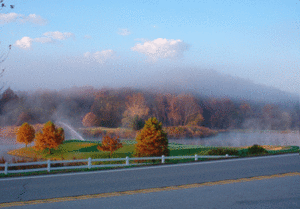Windyty shows beautiful animations of the current wind patterns around the world.
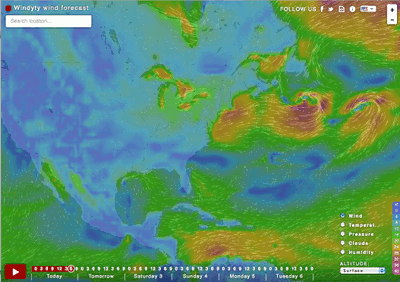
Middle and High School … from a Montessori Point of View
Windyty shows beautiful animations of the current wind patterns around the world.

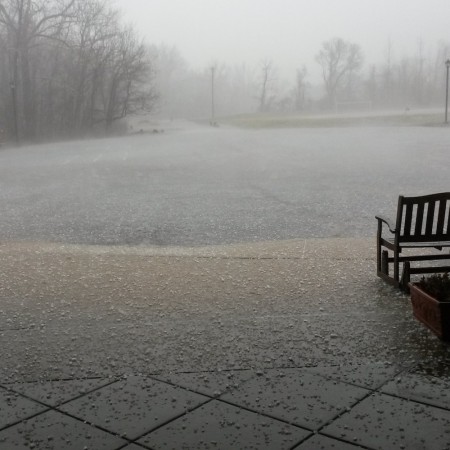
A long winter is coming to an emphatic end with a series of dramatic spring storms. This hailstorm from April 3rd was one of the most remarkable I’ve experienced.

There was a bit of discussion about just how big the hailstones were. After all, could we say that the hail was the size of golf balls if only the largest were? Or would it be more honest to go with some sort of median or modal size.
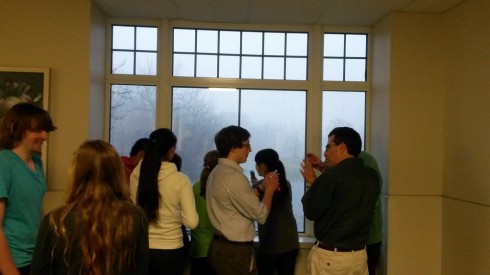
Mrs. F. brought out the calipers and a rule for a few of the larger stones.

And I will report that the hail was large enough to put small dents in the roof of my car.
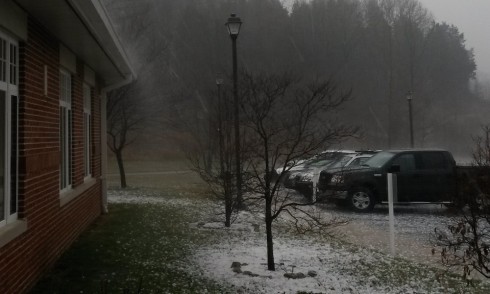
The infra-red satellite image below shows the frontal system that dumped the hail on St. Louis.
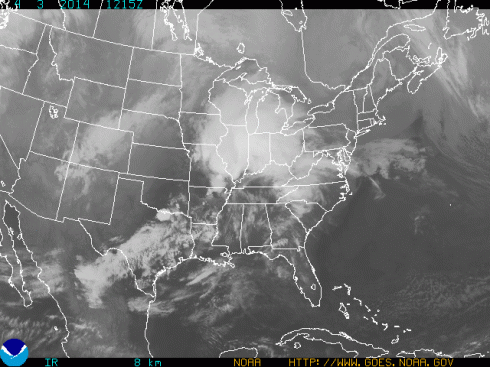
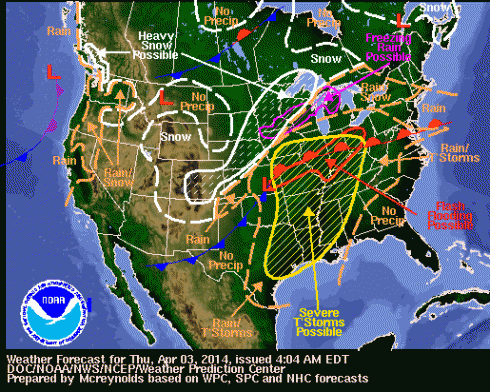
Impressive footage of a storm near Booker Texas, by Mike Olbinski.
Berndnaut Smilde generates and photographs clouds inside buildings, “He uses a fog machine and carefully adjusts the temperature and humidity to produce clouds just long enough to photograph.”
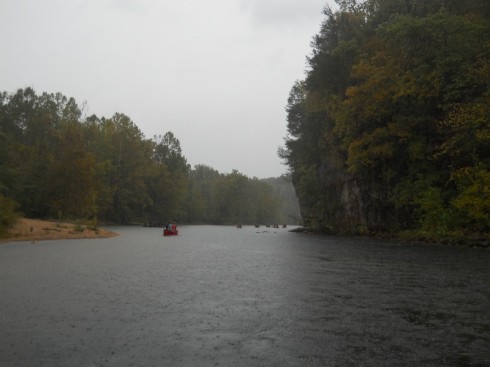
The middle school class has been reading The Tempest for language arts this semester. However, I had not quite realized that it was a presentiment of for our outdoor education canoeing trip. And not metaphorically — the group worked amazingly well together — but there really was a massive storm while we were out paddling on the Current River.
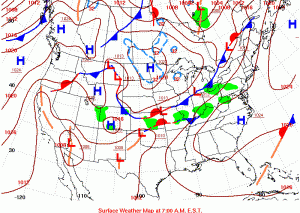
On Wednesday morning, two hours before dawn, a cold front heading south from Canada met a warm front coming north out of the Gulf. They met and stalled, pushing waves of clouds and thunderstorms over us from the west.
The first wave hit while we were in our tents; the second during breakfast. One student recounted that his highest point of the trip was when he tasted his first pancake that morning. His lowest point was when the pancake was promptly soaked with rain.
The third wave met us while we were in our canoes.
Searing lightning, flashing across the ridges of the valley. Blinding white. Immediate thunder, roaring straight through the ears, reaching in, taking the breath, grabbing at the soul. Drenching rain — cold and hard — a deluge. One of our guides described it, afterwards, as a religious experience. I think I know what she meant.

But the kids were awesome. Drenched, cold, and scared they paddled on. I was with a small group that was bringing up the rear. We were far enough behind that, for a long time, I could not tell how the students in the lead were responding. Especially when, at the height of the downpour, the lead group went around a bend in the river and out of our line of sight.

I knew they were with our lead guide (Leah), whose skill and competence had already been demonstrated earlier in the day when one of the canoes had flipped. Yet, one always worries about how kids will react in stressful situations. Following the current around a gravel eyot, however, I heard a loud cheer. There was the line of canoes, pulled over waiting for us. There were the students, soaked and perhaps a little bit relieved, but with no panic in the cacophony of voices.
When everyone had caught up, we continued on. Eventually, we hit a landing and called an end to the canoeing. Although the rain had stopped it was still cold. So, a few students decided that since the river water was so cold, if they waited in the water, when they came out they’d feel warm. “I’m willing to deceive my body,” they said.
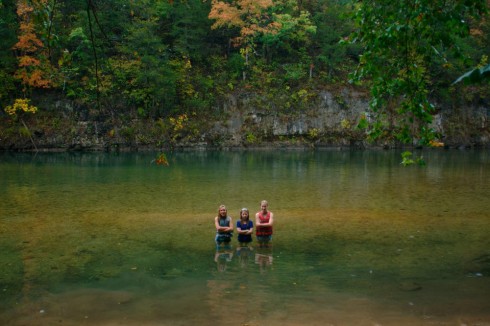
While we waited for the bus, we talked a little about what we’d been through. Despite the stress — or perhaps because of — there was lots of laughter and a growing sense of camaraderie. I took the chance to highlight some of the quieter voices, those students who tend not to complain or be too excitable, and who took the time to appreciate the beauty and uniqueness of what they’d been through.
While I would not have planned it that way, the storm, our tempest, forged bonds of common experience that will resonate with this group for years to come.
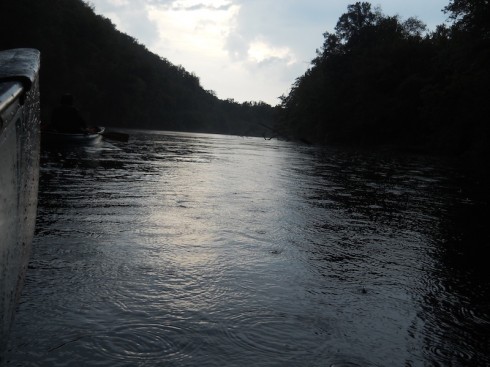
Infra-red satellite imagery from Wednesday, September 26th, 2012 shows the waves of thunderstorms passing over southern Missouri (yellow dot) very well.
The individual images come from NOAA’s GEOS archive: http://www.goes-arch.noaa.gov/
(From our Eminence Immersion)

HINT.FM has an amazing animation of winds over the U.S.. A major part of the awesomeness is that it’s updated hourly from the National Weather Service’s weather database, which has an awful lot of excellent data available.

We took the middle and high school to see the Monet Water Lilies exhibit at the St. Louis Art Museum today. It was a nice tour; we saw some paintings, and we learned a little something about the impressionists.
One thought that occurred to me during an interesting conversation on the bus back to school, was how the development of abstract thinking skills affects our perception of the more abstract art. After all, it usually requires more effort to appreciate, understand and become affected a piece the more abstract it is. Which would suggest that art appreciation would be useful practice for adolescents who are honing their higher-level cognitive skills.
The tour also left me with one unanswered question, however: are we seeing fog or smog in Monet’s painting of the Charing Cross Bridge in London.
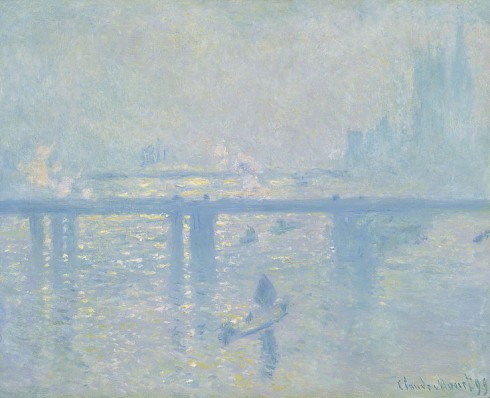
London is famous for its fogs, but this painting was done in 1899, well into the industrial revolution, and the yellow tints suggest a pea-souper.
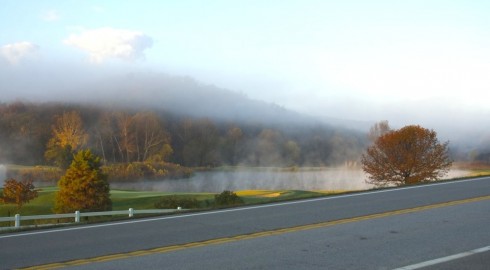
There’s a place on the road to school where you crest a little rise and the St. Albans golf course opens up before you. “Zen-like,” I’ve heard it described. On one lovely fall morning last week the view was absolutely ridiculous. I had to stop.
Resisting the coming winter, warmer air from down south just pushed over the hills overnight, trapping the cooler air in the valley, creating a thermal inversion that trapped a layer of fog just below the tops of the hills. Small tendrils of mist were rising off lake in the bottom of the valley, feeding the fog layer as the cooler valley air condensed the water vapor evaporating off the still warm lake.
Combine the fog, mists, early morning sunlight just beginning to reach into the valley, and the brilliant fall colors contrasting against the still-green lawns, and the result was absolutely amazing.
